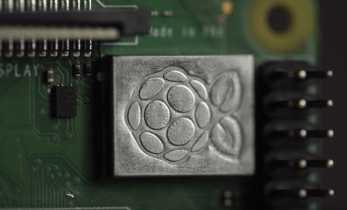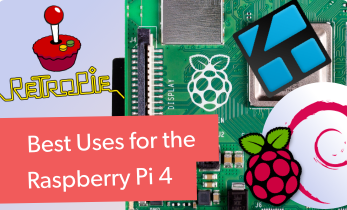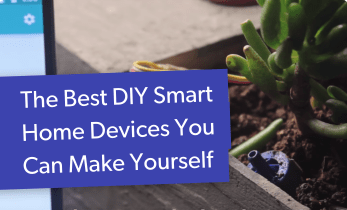MY House Gesture Controlled Smart Doll's House
Featuring gesture-controlled interactive features, the MY House smart doll’s house is a fascinating project that could inspire you to include similar features in your own smart home build. And at the heart of it, you’ll find a Raspberry Pi 3...
According to the video description: “We developed MYHouse, a smart doll house activated with movements of a ‘magic wand’. The dollhouse was created from scratch by using Laser Cutting, 3D printing and creating an electrical circuit.” The project has been conceived and built by Maks Surguy and Yi Fan Yin, the MY (‘Maks and Yi Fan’) of the project’s name.
Designed with the help of Maks’ architect wife, and constructed from plywood (following a cardboard prototype), the house has four interactive features: ceiling fan, lights, window shutters, and the TV. Each of these interactive features is activated and deactivated using pre-defined gestures; these work in conjunction with the aforementioned ‘magic wand’, in reality a PlayStation Move controller.
Along with the Raspberry Pi 3 (or Zero W; the project requires onboard Wi-Fi), the MY House includes two servo motors for the window shutter, a single continuous rotation servo for the fan, 5-inch HDMI display for the TV (which when ‘off’ displays a window image), and RGB LEDs. Using minimal CPU resources, the house is wired up to the Raspberry Pi 3’s GPIO (specifically, pin 6 for the fan servo, pins 4 and 22 for the left and right shutters, and pin 18 for the lights, actually a Neopixel strip arranged in two groups).
Describing the project, Yi Fan observes “this is interactive, gesture recognition; can activate functional items such as light, fan, shutters, and also TV.” Hit play to watch the video above, and observe the gesture control of the items in the doll’s house. Machine Learning was employed to develop the gesture control, with each gesture lasting less than two seconds and requiring only accelerometer and gyro data.
Taking two months in total, and involving a great deal of research (such as sensor data for gesture recognition, developing a doll’s house with CAD, and building the prototype with Arduino), the MY House is clearly a success.
It’s exciting stuff, but could this project work on a scaled up basis? Is it ideal for a full-sized smart home, or should it be left in the doll’s house?
Head to Maks’ website to find out more about the interactive doll’s house build. You’ll find the code to build your own on GitHub.














































Leave your feedback...